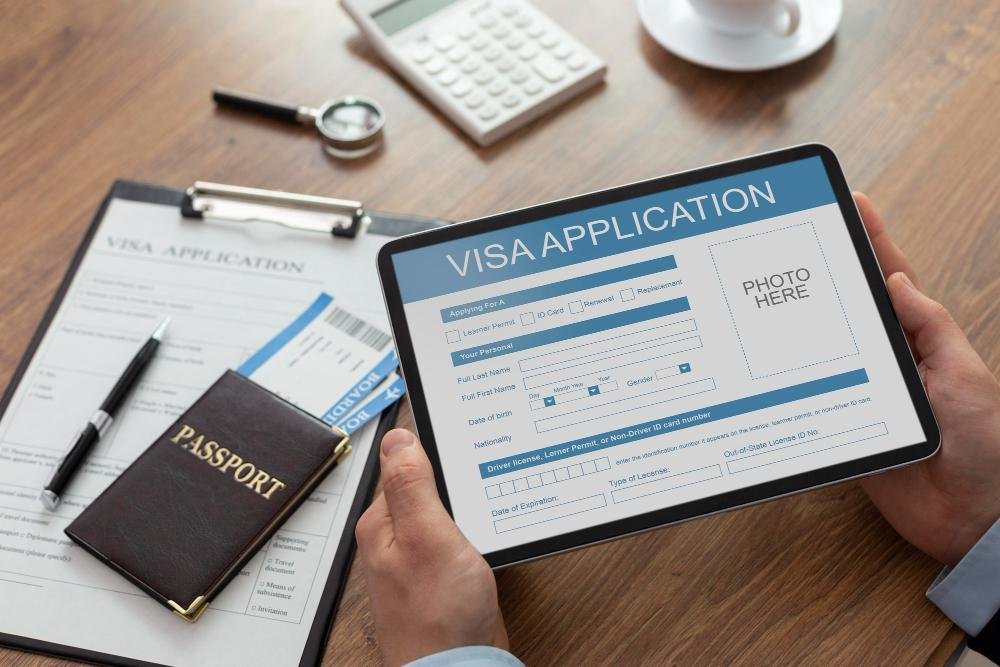
Your Ultimate Guide to Understanding Travel Visas: Types, Requirements, and Tips
Traveling to a new country is exciting, but before you start packing your bags, there’s one essential step you can’t ignore: getting a travel visa. For many first-time travelers, the visa process can feel like a maze of documents, rules, and waiting times. Even seasoned globetrotters sometimes get caught off guard by changing requirements. The good news is that with the right guidance, understanding visas doesn’t have to be overwhelming. This guide will break down everything you need to know about travel visas, including what they are, the different types, key requirements, and practical tips to make the process smoother.
What Is a Travel Visa?
A travel visa is an official stamp or attachment to your passport. It gives you permission to enter, stay in, or leave a foreign country for a specific reason and time. You can think of it as a key that opens the door to your destination. Without a visa, even the best vacation or business trip can come to an abrupt stop.
Common Types of Travel Visas
Visas come in various forms. The type you need depends on why you are traveling. Here are the most common categories:
- Tourist Visa
For leisure travelers who want to explore a country, visit family, or sightsee, trips are usually short-term. They range from a few days to a few months. For example, someone might head to Europe for a vacation.
- Business Visa
Ideal for professionals attending meetings, conferences, or negotiations overseas. Unlike a tourist visa, it allows for networking and business activities, but it does not permit long-term employment.
- Transit Visa
Required if you’re traveling through one country to reach another. Some countries require a transit visa even if you’re only in the airport for a layover.
- Work Visa
Needed if you plan to work in a foreign country. These visas often have stricter requirements, including employer sponsorship.
- Student Visa
For people studying abroad, these are typically valid for the length of the course and may permit part-time work.
- Immigrant/Residence Visa
For people who intend to settle permanently in another country. These applications often involve more complex screening and documentation.
General Requirements for Visa Applications
While every country has its own rules, most visa processes require similar core documents. Be prepared with:
- Valid Passport: Usually with at least six months’ validity beyond your travel dates.
- Visa Application Form: Completed accurately in the specified format.
- Photographs: Passport-size meeting embassy or consulate requirements.
- Proof of Travel: Flight tickets, itineraries, or travel bookings.
- Accommodation Details: Hotel reservations or an invitation from a host.
- Proof of Funds: Bank statements, salary slips, or sponsorship letters to confirm you can financially sustain your stay.
- Purpose of Visit: Depending on the visa type, this could be a letter of employment, acceptance from a university, or travel plans.
- Visa Fees: Payment receipts for processing your application.
Tip: Always double-check the official consulate or embassy website for updated rules, as requirements can change frequently.
Tips to Make the Visa Process Easier
Applying for a visa doesn’t have to be stressful if you plan wisely. Here are some tried-and-true tips to simplify the process:
- Start Early
Don’t wait until the last minute. Some countries take weeks or even months to process visas. Try to apply at least 6 to 8 weeks before your travel date.
- Stay Organized
Keep scanned and hard copies of your documents in one place. A simple checklist can save you from last-minute panic.
- Be Honest
Never provide false documents or details. Authorities are quick to spot inconsistencies, and one mistake can lead to rejection.
- Prepare for Interviews
For certain visas, you might need to attend a personal interview. Practice explaining your trip purpose clearly and confidently.
- Check Validity and Conditions
Some visas allow only one entry, while others permit multiple entries. Also, check for restrictions such as “no work allowed” to make sure you don’t break any rules.
- Learn from Others
If you know someone who has traveled to your destination, ask about their process. First-hand insights are often more practical than general guidelines.
Interesting Facts About Travel Visas
- Some countries allow visa-free travel for visitors from certain nations, so always check if you’re exempt.
- Electronic visas, or e-Visas, are becoming more popular. They remove the need for physical stamps.
- Over 60% of travelers globally report that the visa process is one of the most stressful parts of international travel planning.
Final Thoughts
Understanding how travel visas work is the first step to making your journey hassle-free. Whether you’re traveling overseas for leisure, work, or studies, a little preparation goes a long way. Remember, each country sets its own rules, so don’t assume the process is the same everywhere you go.
Now that you have this guide, the next time you consider traveling abroad, visas won’t feel like an intimidating barrier. They’ll be a gateway to new experiences. So where is your next adventure taking you, and do you know the visa you need to get there?
Recent Posts
How Travteler Simplifies and Speeds Up Your Visa Application
Why International Travelers Prefer Travteler for Seamless Travel Planning
Timely Travels: Discover the PerfectSeasons to Book India Tour Packages
All Categories
Tags

Thailand





